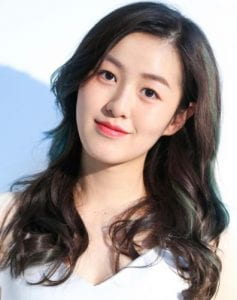Rayna

Rayna published a long form article in The Washington Post centering her research on COVID-19’s impacts on students in China, specifically when it came to taking gaokao, the college entrance exam.
Rayna said, “Even though I was brought up in Beijing, I did not really follow the traditional Chinese educational path and never took gaokao, the college entrance exam. However, many of my friends did. I realized the severity of COVID-19 in February and wanted to look into the impact of the virus on students back in China.”
With this initial inspiration, Rayna said, “After talking with my faculty sponsor…we narrowed down the topic to how COVID-19 might have increased the gap between the wealthier students and the less privileged ones, as wealthier students had access to more resources, especially when everyone had to take months of online classes. I wanted to focus on high school seniors, because they would take gaokao by the end of senior year, and test score determines their universities and futures.”
In all research, some aspects or assumptions around a project need to be reevaluated and re-shaped. Rayna said in her experience, “When I started doing the interviews, I assumed that online classes helped increase the gap between the haves and the have-nots. However, the story turned out to be more nuanced. Online classes gave some students access to teachers they did not have access to before, since some online classes were filmed for all students within the same province, regardless of the high school, and these teachers were the best in the country.”
When it came time to thinking about how she wanted this information to be received, Rayna knew, “…because I am a journalism student, I wanted my final product to be a published article rather than an academic report. I also knew at the time that I would probably be in China during the summer, and it would be easy to do the interviews. I started doing interviews in June and July, and I had already talked with more than 30 students and experts by the time I started writing. I organized the interviews and tried to find trends in them. I picked out several students that came from different financial backgrounds to illustrate the story.”
Talking with these students helped Rayna shape her article and offered her a new experience. She said, “This was my first time writing a long form article; in the past, my articles were usually around 500 words. I never had this much time to delve into a story, and SURG gave me this opportunity. For my previous articles, I used most, if not all, of my sources, while in the article published in The Washington Post, I only used a small percent of the interviews I did.”
